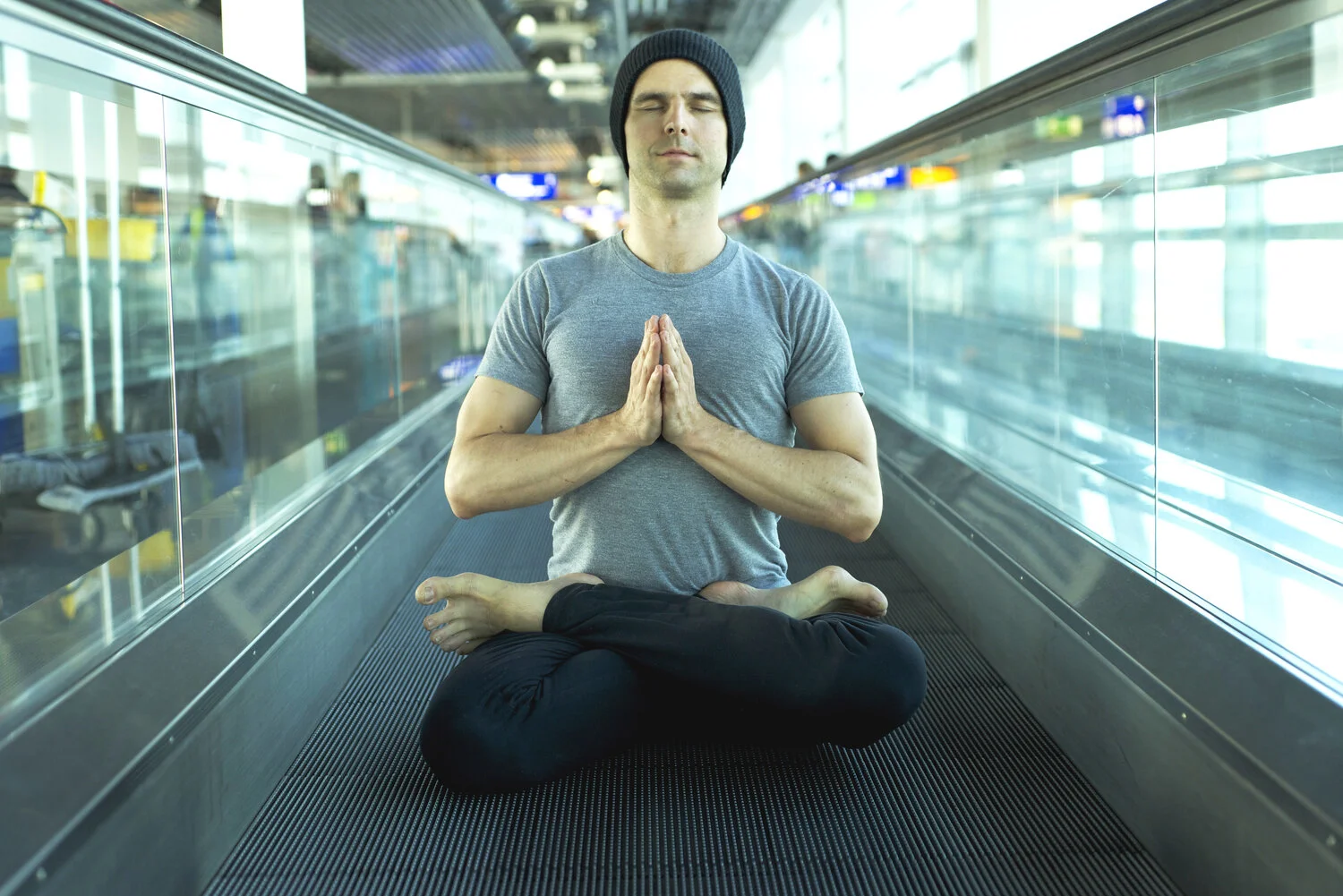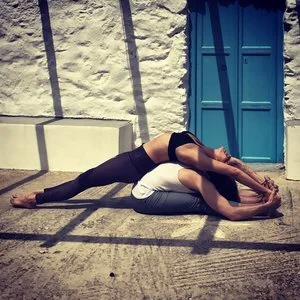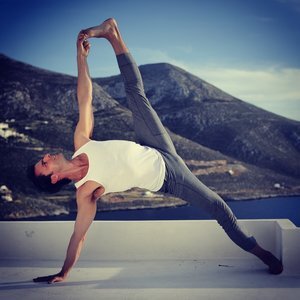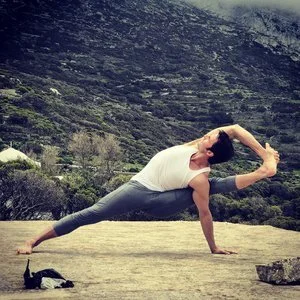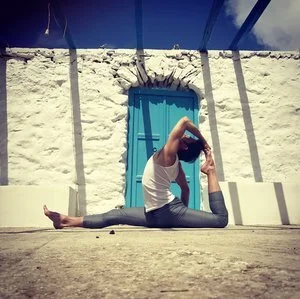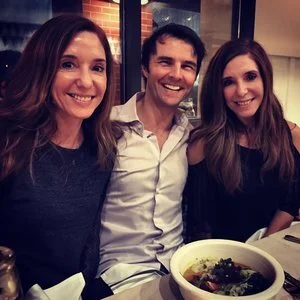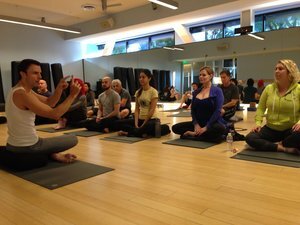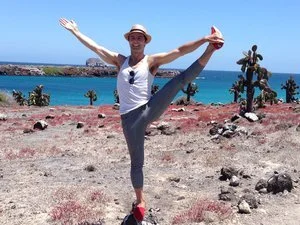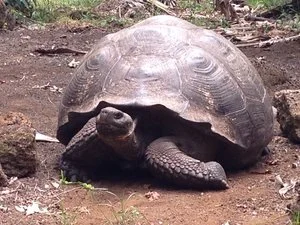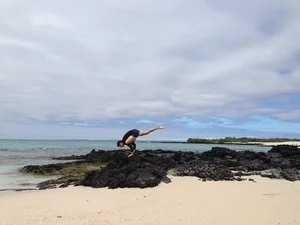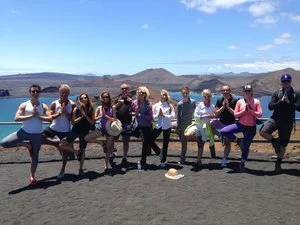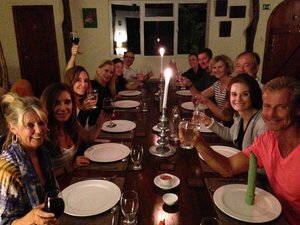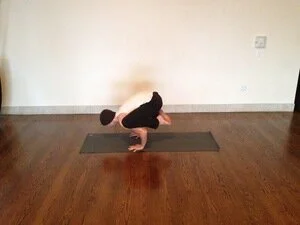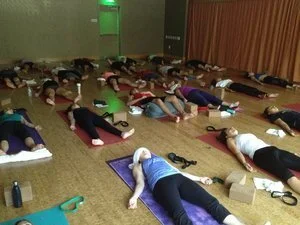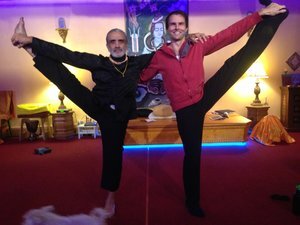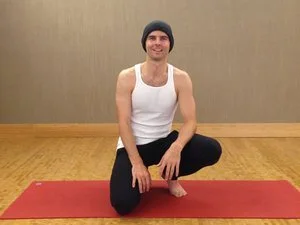My teacher, Dharma, usually does at least one or two partner poses in his classes. I've tried to add in a little more partner yoga into my classes since I started practicing with Dharma.
Partner yoga is a great way to connect with others. You learn to help support your partner and you learn how to let someone else support you. Every relationship requires this dynamic. Sometimes you are leading and driving the car, and sometimes you are going along for the ride.

